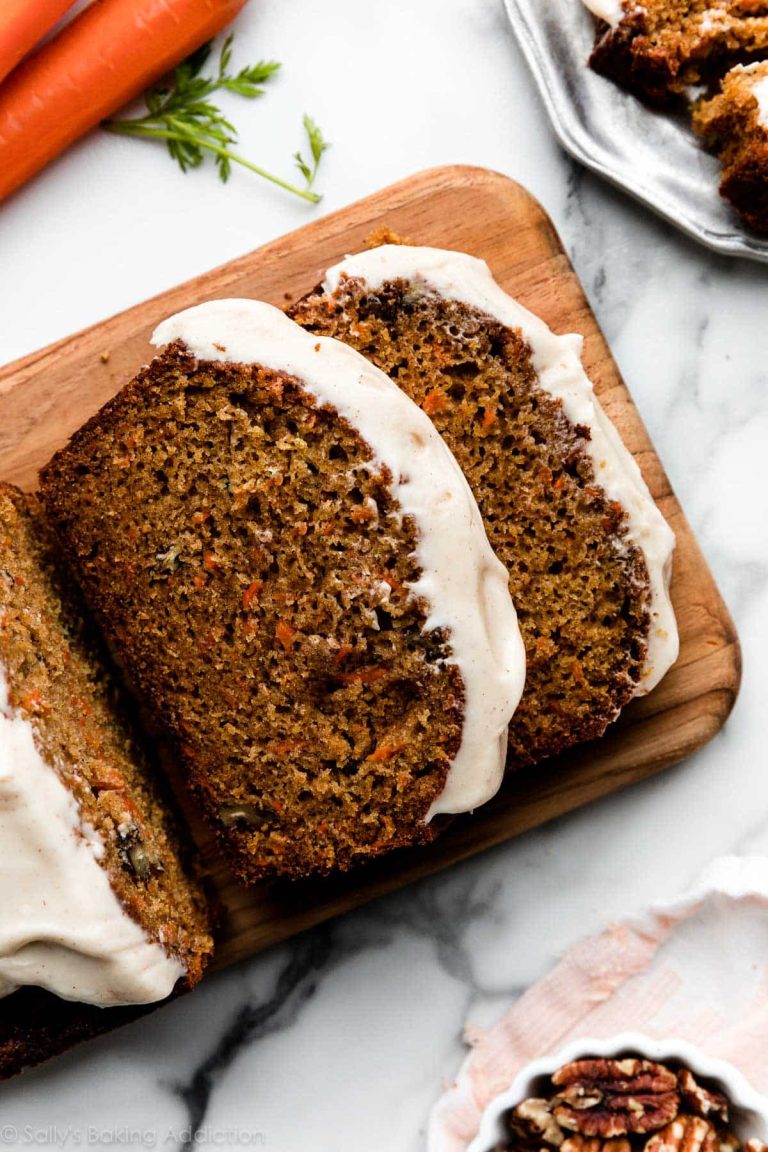Sauerkraut: Recipes, Health Benefits, and Storage Tips
Creating sauerkraut at home offers both culinary and health benefits. You control the ingredients, ensuring no unwanted preservatives or additives. Homemade sauerkraut retains its natural probiotics, vital for gut health. Making it at home also allows customization to suit your taste preferences, whether you prefer it spicy, mild, or with additional flavors like garlic or caraway seeds.
Essential Tools and Ingredients
To make homemade sauerkraut, you need a few basic tools and ingredients.
Tools:
- Large Bowl: For mixing shredded cabbage and salt.
- Knife or Mandoline: For slicing cabbage into thin strips.
- Fermentation Crock or Mason Jar: For fermenting cabbage into sauerkraut.
- Tamp: For packing cabbage tightly into the container to release juices.
- Weight: For keeping cabbage submerged in its juice to avoid spoilage.
- Cabbage: Green cabbage is traditional, but red or napa cabbage works too.
- Salt: Use non-iodized salt, such as sea salt or kosher salt; iodine can inhibit fermentation.
- Optional Additions: You can enhance flavor with ingredients like garlic, caraway seeds, or chili flakes.
Proper tools and high-quality ingredients are crucial for making flavorful, safe-to-eat sauerkraut. By controlling these aspects, you ensure the best possible product every time.
The Fermentation Process
Understanding Fermentation Science
Fermentation transforms raw cabbage into sauerkraut by leveraging beneficial bacteria. These bacteria, primarily Lactobacillus, consume sugars in cabbage and produce lactic acid. This lactic acid both preserves the cabbage and gives sauerkraut its distinctive sour flavor.
Using non-iodized salt is crucial. It inhibits unwanted bacteria while allowing Lactobacillus to thrive. The ideal temperature range for fermentation is between 65°F and 72°F. Cooler temperatures slow the process, while warmer ones speed it up and introduce the risk of spoilage.
- Prepare the Cabbage: Remove outer leaves. Rinse the head in cold water. Slice it thinly.
- Salt the Cabbage: Use 2% by weight of non-iodized salt. Mix thoroughly to distribute salt evenly.
- Pack the Cabbage: Place salted cabbage in a fermentation vessel. Press down firmly to remove air pockets and release moisture.
- Weight and Cover: Place a weight on top of the cabbage to keep it submerged in its juices. Cover the vessel with a breathable cloth to prevent contaminants.
- Ferment: Store the vessel at room temperature, ideally between 65°F and 72°F, for 1 to 4 weeks.
- Check and Taste: Check daily. Ensure cabbage remains submerged. Taste after one week. Continue fermenting until the desired flavor is achieved.
Keep the environment clean to prevent contamination. Sterilize utensils and fermentation vessels before use. Monitoring ensures a successful batch of homemade sauerkraut.
Health Benefits of Sauerkraut
Probiotics and Digestive Health
Sauerkraut contains a high concentration of probiotics. These beneficial bacteria, such as Lactobacillus, enhance your gut microbiota. Consuming sauerkraut regularly can improve digestive health and alleviate issues like constipation and bloating. Probiotics in sauerkraut help restore the balance of good bacteria in your gut, aiding in better digestion and nutrient absorption. This fermented food can also reduce the risk of gastrointestinal diseases by maintaining gut health.
Vitamins and Nutrients in Sauerkraut
Sauerkraut is rich in several essential vitamins and nutrients. It provides a significant amount of Vitamin C, which boosts your immune system and promotes skin health. Additionally, sauerkraut contains Vitamins K and B6, which support bone health and cognitive function, respectively. Other vital nutrients in sauerkraut include iron, calcium, and potassium. Including sauerkraut in your diet helps you meet your daily nutritional requirements while enhancing overall health.
Flavor Variations and Recipes
Classic Sauerkraut Recipe
For a classic sauerkraut recipe, use simple ingredients to achieve traditional flavor. Required items include cabbage, non-iodized salt, and a fermentation container.
- Preparation: Shred 1 medium green cabbage finely.
- Salting: Add 1-3 tablespoons of non-iodized salt and massage it into the cabbage until it releases juices.
- Packing: Pack the salted cabbage into a fermentation vessel, ensure the brine covers the cabbage, and weigh it down using a clean object.
- Fermenting: Allow it to ferment for 1-4 weeks at room temperature, checking daily for bubbles and desired tanginess.
- Storing: Once fermented, store it in the fridge to halt the fermentation process.
Creative Recipes for Seasoned Sauerkraut Lovers
For seasoned sauerkraut lovers, add a variety of ingredients for new flavors. Consider these creative recipes:
- Garlic and Dill Sauerkraut:
- Add 3 cloves minced garlic and 1 tablespoon fresh dill to the shredded cabbage before salting. Ferment following the classic method for a savory twist.
- Carrot and Ginger Sauerkraut:
- Mix in 1 cup shredded carrots and 1-inch piece of grated ginger with the cabbage. Follow standard salting and fermenting steps for a zesty, slightly sweet flavor.
- Spicy Jalapeño Sauerkraut:
- Incorporate 2 sliced jalapeños with seeds for heat and 1 tablespoon crushed red pepper flakes for extra spice. Ensure even distribution when salting and packing the cabbage.
- Red Cabbage and Apple Sauerkraut:
- Combine half green cabbage, half red cabbage, and 1 thinly sliced apple. This mix adds sweetness and vibrant color. Follow classic salting and fermenting procedures.
Experimentation with herbs, garlic, ginger, carrots, jalapeños, and apples provides personalized flavor variations to suit individual tastes.
Storing and Serving Suggestions
Tips for Storing Sauerkraut
Store sauerkraut in an airtight container to preserve its flavor and prevent contamination. Glass jars with tight-fitting lids work well. Refrigerate it after the initial fermentation period to slow down the fermenting process and keep it fresh for up to six months. Regularly check for any mold or off smells; discard it if you notice either.
Label each container with the date of production, particularly when you have multiple batches, to ensure you’re consuming the oldest ones first. If you prefer a milder flavor, transfer it to the fridge sooner rather than later, as prolonged fermentation increases its tanginess. For added convenience, store smaller portions in separate containers, reducing exposure to air each time you open a jar.
Best Ways to Serve Homemade Sauerkraut
Serve homemade sauerkraut as a tangy side dish to complement meats, especially sausages, pork chops, or corned beef. Top hot dogs or sandwiches with it for an added crunch and burst of flavor. Mix it into salads, incorporating it into coleslaw or potato salad to introduce a probiotic boost.
For breakfast options, add sauerkraut to scrambled eggs or use it as a topping for avocado toast. Pair it with cheese and crackers for a quick and nutritious snack. Experiment by incorporating it into soups, particularly those with a broth or potato base, to enrich the flavor profile.
Conclusion
Making your own sauerkraut at home is a rewarding and healthy endeavor. With a variety of recipes to explore, from Garlic and Dill to Spicy Jalapeño, you can tailor the flavors to your liking. Proper storage is crucial to maintain freshness and safety, so always use airtight containers and keep an eye out for any signs of spoilage.
Don’t forget to label your sauerkraut with production dates to track its fermentation progress. Once ready, enjoy it in a multitude of ways—whether as a savory topping for meats, a tangy addition to salads, or a flavorful ingredient in soups. Homemade sauerkraut not only enhances your meals but also provides numerous health benefits, making it a valuable addition to your culinary repertoire.






